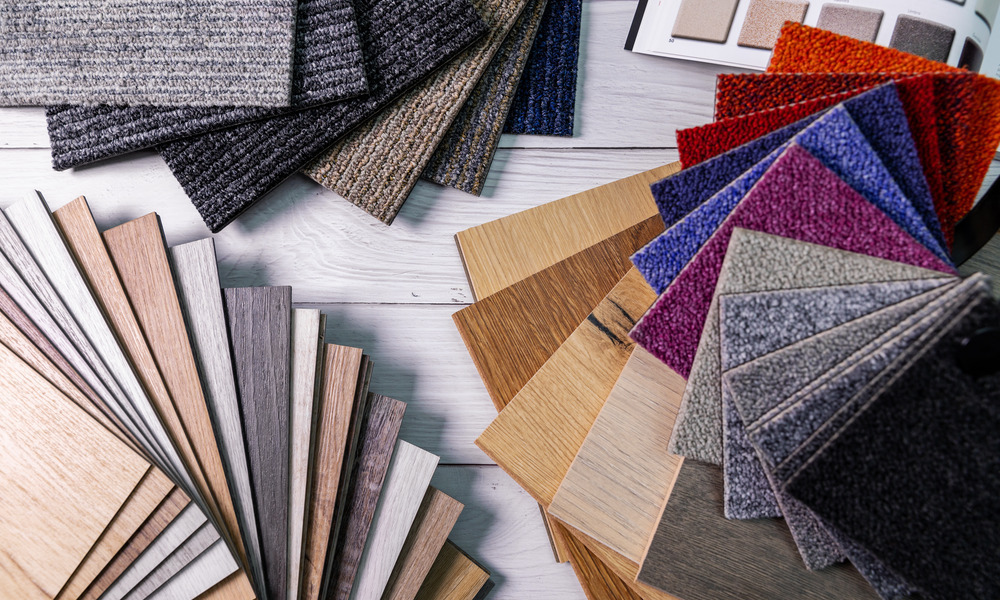A beautiful, rustic dark wood. A contemporary white tile. A flashy epoxy. Choosing a floor color for your home is an important decision.
The floors, like the walls of your home, set the tone for your living space. An earth-toned floor can create a calm and balanced atmosphere, while a bold pop of color can add energy and excitement to a room.
So which option is the right one for you? If you’re struggling to decide between neutral or neon, use these tips for choosing the perfect floor color for your home.
Finding Your Style
Choosing a floor color for your home starts with figuring out your style. Do you like a calm and serene vibe, or are you all about bold and bright? Look around your home for inspiration. What colors do you gravitate toward? Do you have any accent pieces or artwork that can serve as starting points for the color of your floors? Consider the overall aesthetic of your home and think about how different floor colors could enhance or detract from it.
Considering Room Size
Another important factor to consider when choosing a floor color is the size of your room. In smaller spaces, darker floors can make a room feel even smaller and more cramped.
Conversely, lighter floors can create the illusion of more space and open up a room. If you have a larger room, you can be more adventurous with your floor color choices since they won’t have as much of an impact on the perceived size of the room.
Lighting Matters
Before deciding on floor color, take into account the lighting in your home. Natural light can have a big effect on how colors appear in a room.
If you have large windows that let in lots of natural light, consider how different colors will look throughout the day as the light changes.
On the other hand, artificial lighting can also affect the appearance of floor colors. For example, if you use warm-toned light bulbs, it may make a cool-toned floor color look off. If possible, test out different floor color options in your home under different lighting conditions to see how they look.
Different Floor Types, Different Choices
Flooring materials come in various styles and colors. For example, hardwood tends to come in limited neutral shades, but some finishes of epoxy flooring display vibrant color options. Consider which floor type appeals to you and narrow down color options from there.
Matching or Contrasting
Some homeowners choose to match their floor colors to their walls or other design elements, while others prefer a contrasting look. Both design choices can work well, depending on your personal style and the overall feel of your home.
If you’re going for a cohesive, monochromatic look, matching your floors to other elements can create a sense of flow. But if you want more visual interest, choosing a contrasting floor color can add depth and dimension to a room.
Choosing a floor color for your home doesn’t have to be stressful. Take these tips into consideration, but ultimately, trust your instincts and go with the color that speaks to you. Whether you choose neutral or neon, make sure it’s a color that makes you happy every time you walk through the door.







